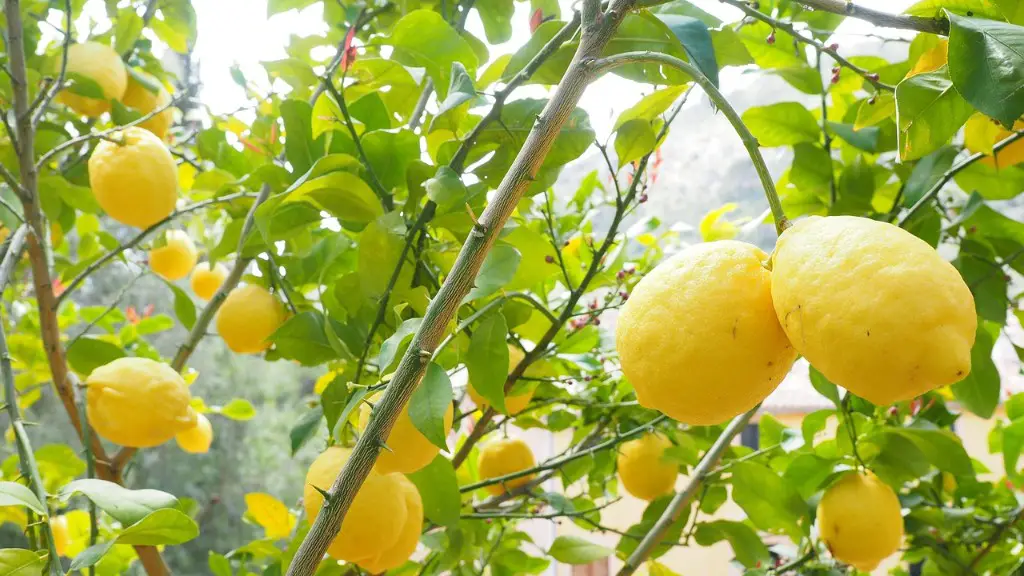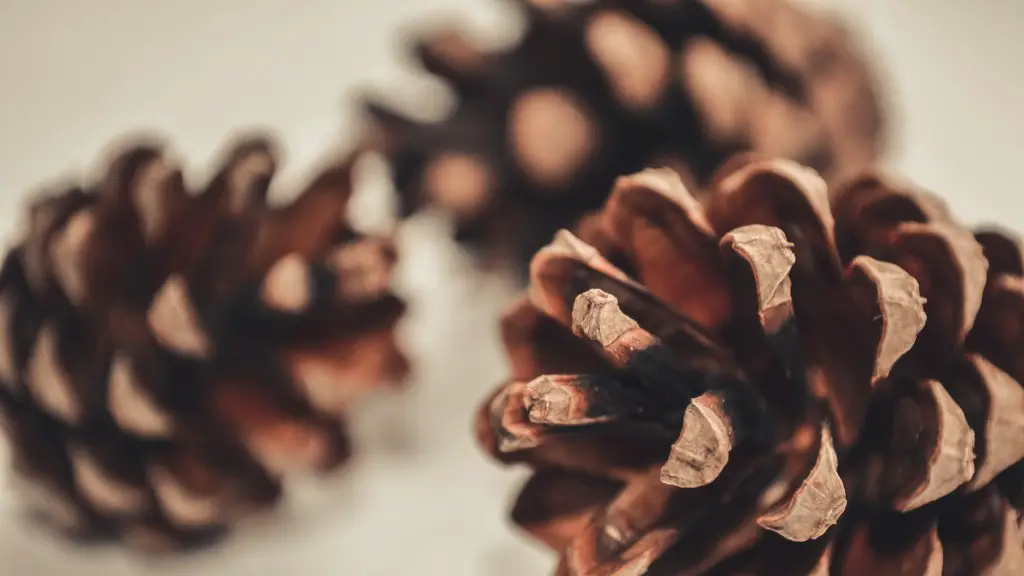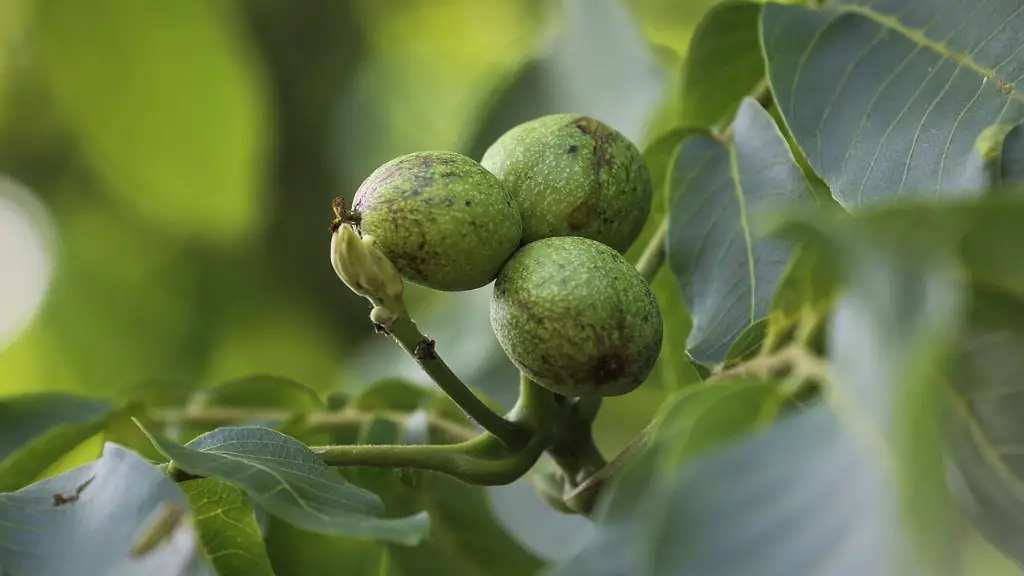Lemon trees are one of the most popular fruit-bearing trees in North America. Not only are they easy to care for, they also produce delicious lemons that can be used to flavor a variety of dishes. The price of a healthy lemon tree can range depending on the quality of the tree and its location.
The average cost of a lemon tree is between $25 and $50, depending on the type of tree and its size. Dwarf varieties are typically the cheapest, ranging from $15 to $30. Larger trees, such as standard varieties, can cost up to $50.
When buying a lemon tree, it is important to consider the age and condition of the tree. Older trees tend to be more expensive than younger trees because their development time is greater and they have greater chances of producing fruit. Additionally, a tree in poor health may be less likely to yield fruit or may not survive as long as a healthier tree.
It is also important to consider the environment in which the lemon tree will be planted. Different regions can have different climates and soil conditions, so it is important to choose a tree appropriate to your climate zone. For example, if you live in a milder climate, a lemon tree should survive the winter, whereas a tree planted in a cold climate may not survive.
Additionally, the location of the lemon tree should be taken into consideration when determining the price. A lemon tree planted in a tiled garden can cost significantly more than a tree planted in the ground. Soil quality and drainage play an important role in the health and performance of the tree, so if you choose to plant your tree in a pot, you may need to invest in more soil to ensure the lemon tree gets enough nourishment.
Lastly, when considering the cost of a lemon tree, you should remember to factor in any tools or equipment you may need to purchase. Pruning shears, a watering can, and fertilizer are a few essential items for the proper growing and care of the tree.
Types of Lemon Trees
When selecting a lemon tree, there are several types of trees available to choose from. The most common are the Eureka and Lisbon varieties. The Eureka is a standard variety with a high yield of large lemons. It is one of the hardiest of the varieties, able to resist frost and tolerate dry soil. The Lisbon variety is another standard variety with a similar yield but is more cold hardy and disease resistant.
Dwarf varieties are also available, yielding a smaller harvest, but are perfect for smaller gardens and spaces. Meyer is a popular dwarf variety, producing large oranges with a tart flavor. It is also more tolerant to cold temperatures and can survive temperatures as low as 15°F.
In addition, there are also specialty lemon varieties such as the limequat, Meyer lemon and Ponderosa lemon. These can vary in price, but they offer unique flavors that make them worth the extra cost.
Where to Buy Lemon Trees
When purchasing a lemon tree, it is best to buy from a reputable nursery or garden center. Reputable growers will have healthier plants with higher yields, and will also provide more accurate information about the trees and any necessary care instructions. Local nurseries may also have more specific information about the type of tree best suited to your climate and soil type. Additionally, online retailers such as Amazon and Walmart offer a wide selection of lemon trees in various sizes and varieties.
Pruning and Care of Lemon Trees
Lemon trees are relatively easy to care for, however, regular pruning is essential for the health of the tree. Pruning involves removing dead or damaged branches, which improves the tree’s airflow to prevent disease. Additionally, it allows the tree to get more light and produce more fruit.
It is important to limit how much fertilizer you use on the tree. Too much can cause inconsistent fruiting and can cause salt buildup in the soil, which can damage the tree. Applying a balanced fertilizer every 2-3 months is usually sufficient. Watering should be done in the morning and avoid wetting the foliage. This helps prevent fungal diseases and helps keep the tree healthy.
Harvesting Lemons from the Tree
Harvesting lemons from a tree is a rewarding and exciting experience. Lemons can be harvested when they are fully ripe and will easily come off the tree when ready. To tell if the fruit is ready, observe the color of the rind. If it is mostly yellow it is ripe, but if it is still more green, it needs to ripen more.
Once the lemons are harvested, they can be stored in the refrigerator for up to a week. They can also be preserved by freezing them or making a lemonade syrup that can last up to two weeks in the refrigerator. Lemons can also be dried, or made into a marmalade or lemon curd which can last up to six months in the refrigerator.
Conclusion
Buying a lemon tree can be a great addition to your home or garden. Not only are they delicious, but they are also relatively low maintenance. It is important to consider the size, type, environment, and location when determining the cost of a lemon tree. Additionally, proper pruning and care, as well as harvesting tips, can help increase the yield and lifespan of the tree. Ultimately, lemon trees can be a great and delicious addition to your garden.



